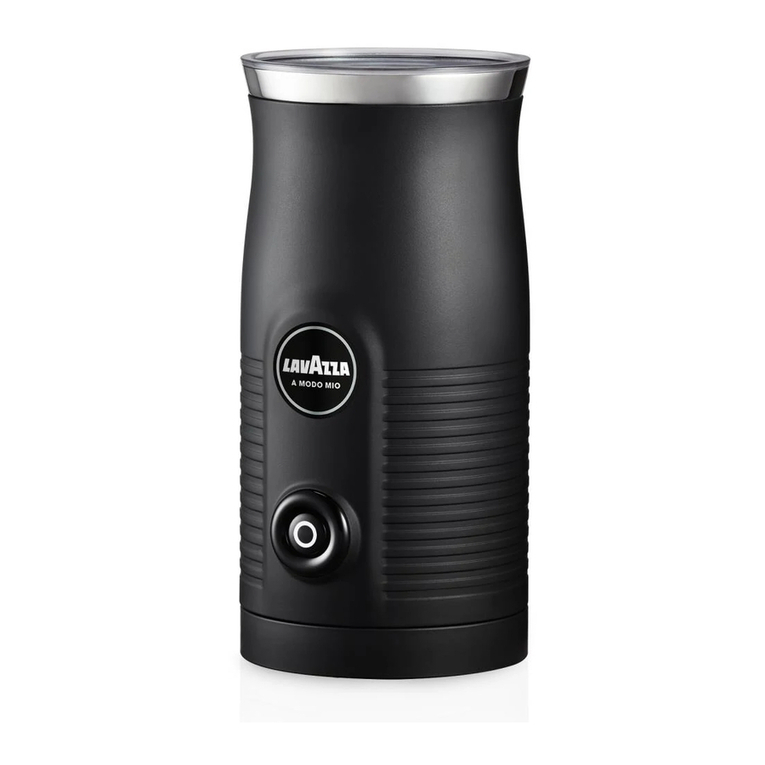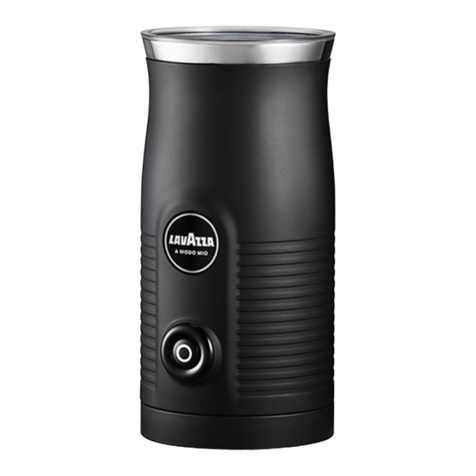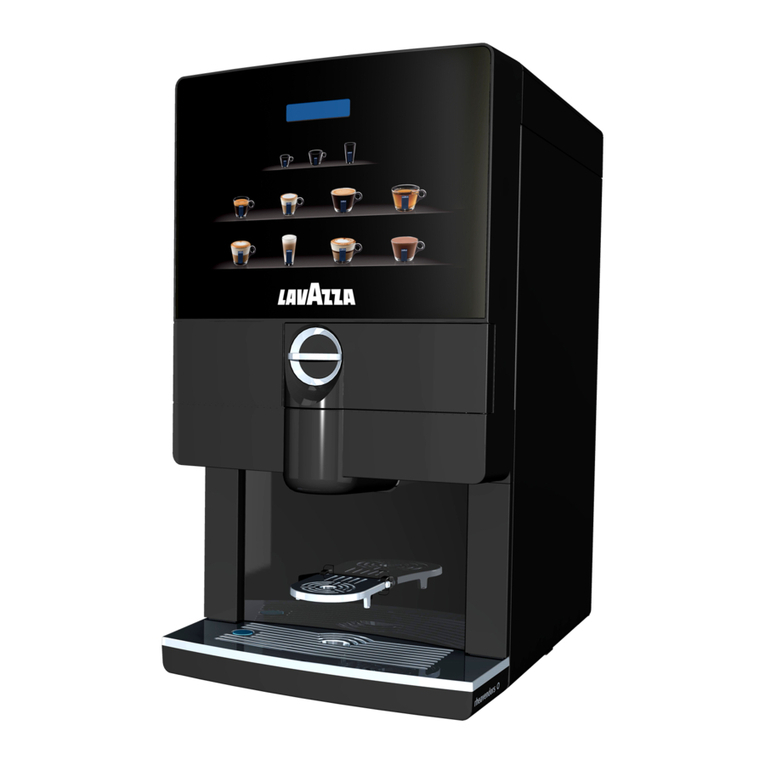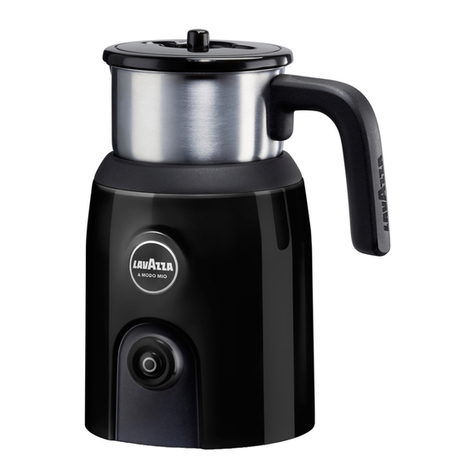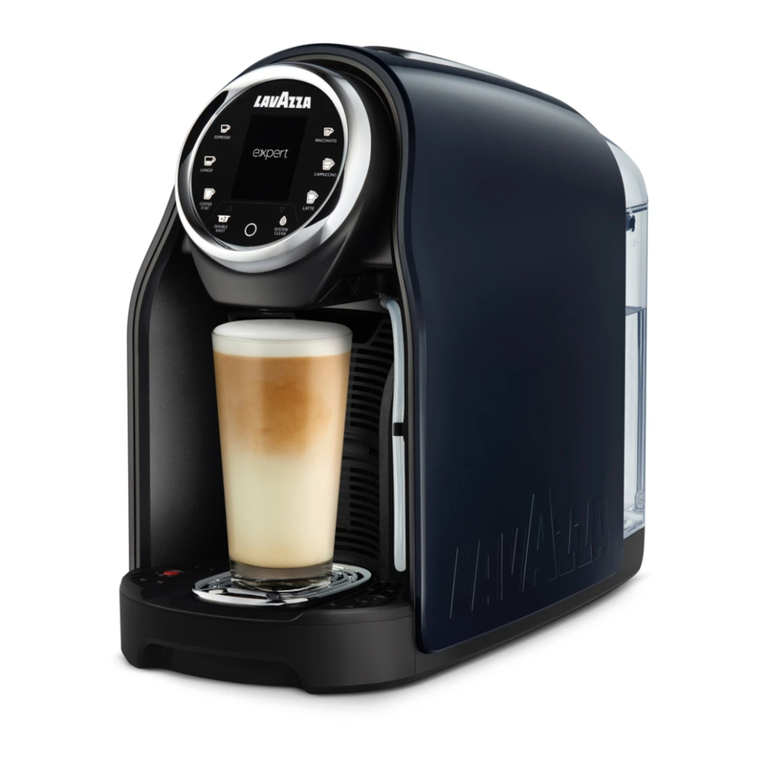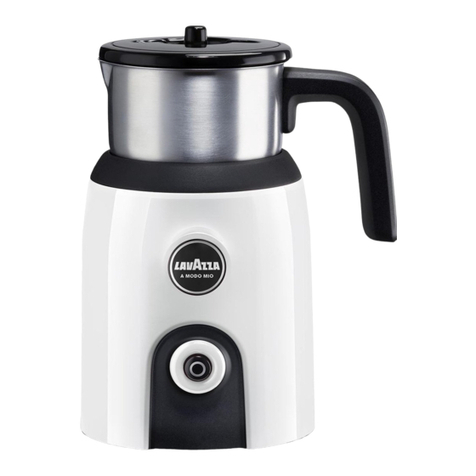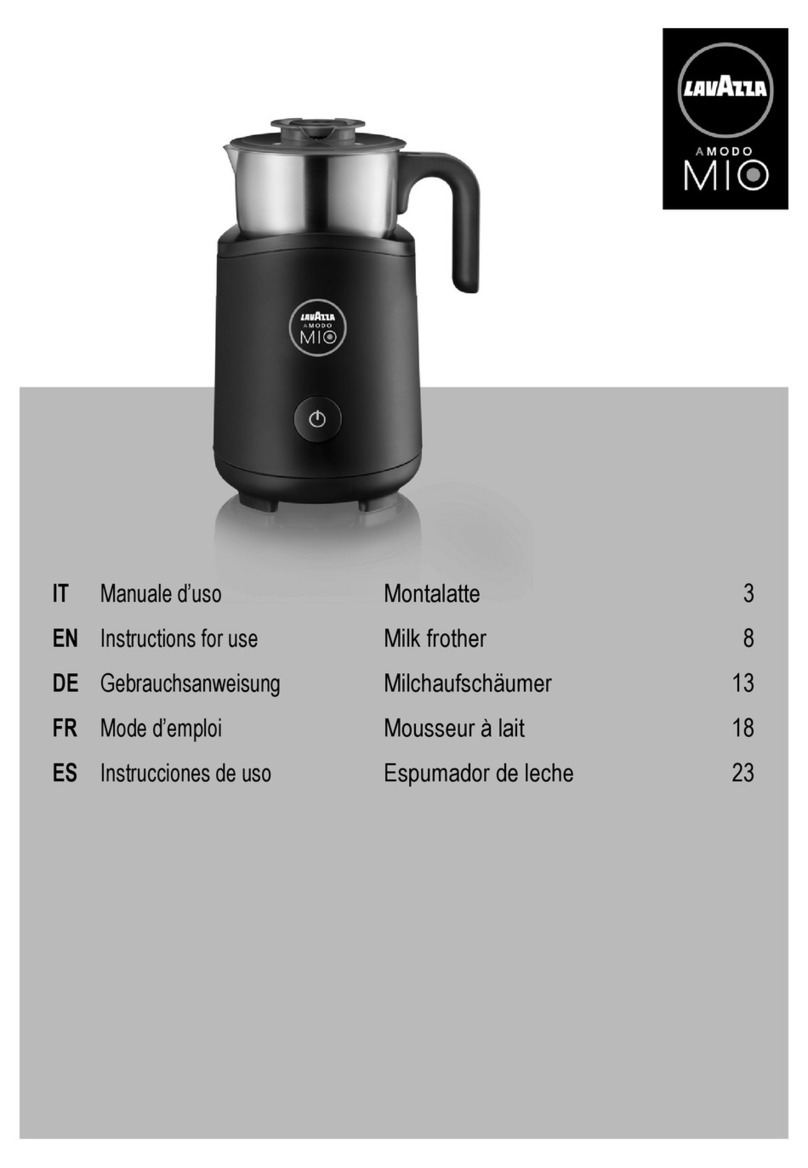
Technical support maintenance manual
Rel. 0.00 / February 2020 1
1. GENERAL INFORMATION OF MANUAL
1.1. STRUCTURE OF MANUAL
Before performing any operation on the machine, the
maintenance technician must carefully read the instruc-
tions provided in this publication. No operation must be
performed before having read and properly understood
the contents of this manual. If in doubt as to how to cor-
rectly interpret the instructions, contact Lavazza S.p.A.
for clarications thereof.
1.1.1. SCOPE AND CONTENTS
This manual contains the information required for cor-
rect maintenance of the machine, as well as safety in-
structions, troubleshooting and diagrams. This manual
does not replace the Installation Manual supplied with
the machine.
All reproduction rights of this manual are reserved to
Luigi Lavazza S.p.A. (hereinafter Lavazza).
Any reproduction of the text and illustrations, even
partial, is prohibited. The information herein cannot be
disclosed to third parties without the written consent of
Lavazza which has exclusive property thereof.
Lavazza reserves the right of modifying the features of
the appliance dealt with in this manual without prior no-
tice. Furthermore it will not be held liable for any inac-
curacies attributable to printing errors and/or the con-
tents in it. Furthermore Lavazza informs that the images
or photographs of the machine included in this manual
have purely representative purposes and could undergo
changes without prior notice.
Check the Lavazza Technical Service website (at
https://ts.lavazza.com) to make sure you have the most
recent version available of this manual. If not, you may
download a more recent copy. We also suggest that you
consult further documentation on the machine, such as
Software, Quick Guide, Technical News, if provided on
the Lavazza Technical Service website.
1.1.2. MESSAGES USED
Attention
ATTENTION messages indicate even high risk
danger for the technician. The operations described
after this message must be carried out with the
utmost attention and in maximum safety, using
personal protective equipment.
Warning
WARNING messages are displayed before
procedures which could cause damage to the
machine if not complied with.
Environment
ENVIRONMENT messages are displayed before
procedures which could harm the environment if
not complied with.
Note
NOTE messages highlight further indications useful
for the maintenance technician.
1.1.3. ADDRESSEES AND QUALIFIED PERSONNEL
This manual is intended for technicians qualied to per-
form maintenance on the machine. Lavazza will not be
held liable for damage resulting from failure to comply
with this indication.
The machine can only be serviced by the technician
who, having read this manual:
- has specific experience in maintenance of profession-
al coffee machines;
- is capable of repairing the malfunctions of the ma-
chine/machines dealt with in this manual;
- has understood the technical contents, can correctly
interpret drawings and diagrams and has memorised
the safety information provided below;
- knows the main hygienic, accident-prevention, tech-
nological and safety standards;
- knows what to do in case of an emergency, where to
find the personal protective equipment and how to use
it correctly.
1.1.4. STORING THE MANUAL
In order to keep this manual intact over time, it is recom-
mended to:
- use it without damaging its contents in whole or in
part;
- refrain from removing, tearing or rewriting parts of the
manual for any reason whatsoever;
- keep the manual in a place protected against moisture
and heat, to avoid endangering the quality of the pub-
lication and legibility of all its parts;
- make the manual accessible for all maintenance per-
sonnel.
Warning
Should the manual be damaged or lost, you may
download a copy of it from the website Lavazza
Technical Service at https://ts.lavazza.com.
